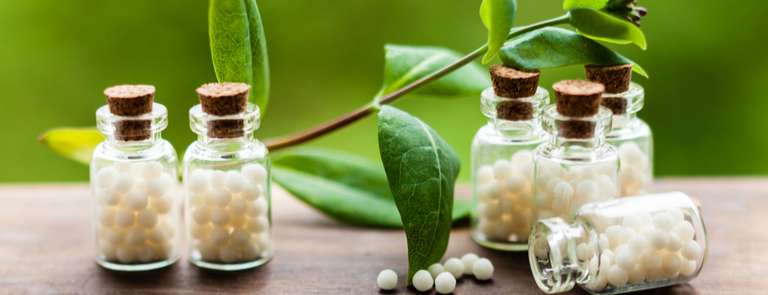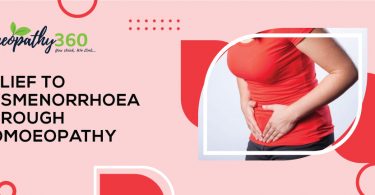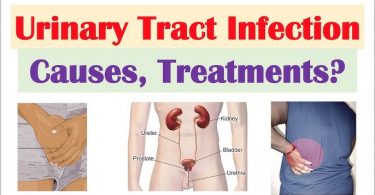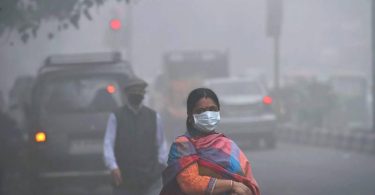
Abstract : Posology is one of the cardinal principles of homoeopathy The article discusses various aspects of homeopathic posology – its types, indication, administration of doses.
Keywords: Posology – Potency – Dose – Repetition of dose,susceptibility
INTRODUCTION :
Posology means a study of doctrine of doses of medicine. Homoeopathic dose include potency quantity form and number of administration of medicine. Author Stuart close in his book “Genius of homoeopathic lectures and essay on Homoeopathic philosophy” stated that ‘ series of potency has been compare to the gamut in music a skillful artist may indeed construct a harmony with the various vibrations of the same called but what a more beautiful and perfect hormony might be constructed by a proper combination of all the sounds that can be elicited from his instrument’
Following five points should be considered in the choice of dose
susceptibility of the patient
seat of the disease
nature and intensity of the disease
stage and duration of disease
previous treatment of the disease
Selection of potency in spite of the correctly selected medicine on the basis of totality of symptoms it will not act curetively unless it is given in proper potency.
Division of potency
1) low potencies below 30
2) medium potencies between 30 to 1m
3)high potencies above 1m
Various kinds of doses:
1. Maximum dose:-It is the maximum or largest possible amount of medicine, which can be taken at a time by an adult, not harmful to human life.
2. Lethal or fatal dose: – It is also known as toxicological or narcotic dose. It is such
amount of dose, which can cause death of living being. The fatal dose of different substances may be different, which depend upon their toxicity.
3. Booster dose: – A subsequent dose given to enhance the action of initial dose.
4. Fractional or refractive or divided dose: – It is fraction of a full dose, which is to be taken at short intervals.
5. Physiological dose: – Physiological doses are those which stimulates the normal
physiology or functions of the different organs or systems of our body and hence
the symptoms thus appearing are known as physiological symptoms.
6. Minimum dose: – “ It is that dose which is sufficient to overpower and annihilate the disease and capable of producing slight homoeopathic aggravation scarely observable after its ingestion.”
It is that amount of medicine, which is though smallest in quantity produces the least possible excitation of the vital force, and yet sufficient to effect the necessary changes in it
There are no hard and fast rule for selection of potencies . susceptibility is the only guides for the selection of courts to find out the susceptible iti of patient the physician must be qualified through the knowledge of allied subject
“More the susceptibility higher the potency_less the susceptibility lower the potency,”
various factors contribute to assume the susceptibility of the patient they are age sex, habit and environment, constitution and temperament nature of disease structural changes suppression mental and physical reaction to environmental stimuli
Voisin has clearly stated that low potencies are organotrophic medium potencies influence functions and higher potencies are for the psychology Homoeopathic posology represents the accumulated clinical experiences and interpretation of all careful prescribers since the times of Hahnemann. A proper understanding of the dynamic concept of disease of susceptibility and of remedy reaction is essential for an intelligent grasp of this most important aspect of homoeopathic practice. Hahnemann was all the time modifying and changing his ideas of posology in the light of its clinical experience.
References :
1. STUART CLOSE (2005).The Genius of HomoeopathyLectures and essay on Homoeopathic philosophy with word index second edition. chapter 13:Pp. 237-239.
2. MANDAL and MANDAL. (2015).Textbook of Homoeopathic pharmacy. chapter no 29: Pp.397-400.
3. Banerjee N. K. and Singha. (2001). N-Treatise on Homoeopathic Pharmacy, New Delhi, B. Jain Publishers (P) Ltd.:Pp. 78,309,449
4. Mandal and Mandal,(2011). Text book of homoeopathic Pharmacy, New Delhi, B. Jain Publishers (P) Ltd.: Pp. 384.
5. Sumit Goel. (2002). Art and science of Homoeopathic pharmacy 1st edition.:Pp.
6. Dhiraj Kakkar.(). External application in clinical practice ,Narayana Verlag GmbH, Blumenplatz 2, D-79400 Kandern, Germany.:Pp.
7. Sahani, .M.K. (2007). Principles and Practice of Homoeopathic PHARMACY for students; 1 stedn; B.Jain Publishers (P) Ltd;Pp: 6-8.
8. Banerjee, D.D. (2006). Augmented Textbook of HOMOEOPATHIC PHARMACY; 2ndedn; B.Jain Publishers (P) Ltd; Pp: 78, 55, 309, 449.
9. Hahnemann,(1833). Organon of Medicine, Para 186,193 to 203,B Jain publisher.
10. Roberts, H.A.(2002). The Principles and Art of Cure by Homoeopathy by, B.Jain publishers, Chap-1, Pg No 15.
11. SahaniDr.M.K. (2007). Principles and Practice of Homoeopathic PHARMACY for students; 1 stedn; B.Jain Publishers (P) Ltd:Pp: 6-8.
12. Samuel Hahnemann.(2010). Aphorism 194, Organon of Medicine by, Sixth edition, Indian books & Periodicals Publishers.:Pp. 221-222.
13. William Boericke.(2004).Dr. Samuel Hahnemann; Organon of Medicine- 6 th
edition- Hahnemann’s own Written Revision; B. Jain Publishers Pvt. Lit. New
Delhi- 110055. Low priced Edition- 2004; ISBN: 81-7021-085-2; Book code-
BH 9013.
14. Dr. Ashok Kumar Das.(2002). A treatise on Organon of Medicine- Part-I; Fifth edition with reprint-2002; Books and Allied (P) Ltd. ; Souvik Homoeo Publications- Calcutta. HERIG.C. Guiding symptoms of mat med vol X Jain pub New Del. Page 96 .
15 sarkar B K 1987 Organon of Medicine Reprint edi Calcutta Bhattacharya and co.p.g 289
About Author:
Arti Lavhe
Department of Pharmacy
1- PG student, Department of Pharmacy,Gurumishri Homeopathic Medical College, Shelgaon,
Jalna
Kavita Khandare
2- Professor & P.G. Guide, Department of Pharmacy, Gurumishri Homeopathic Medical College, Shelgaon,
Jalna





